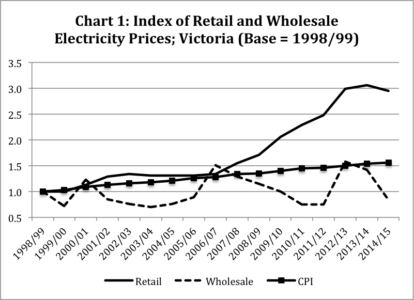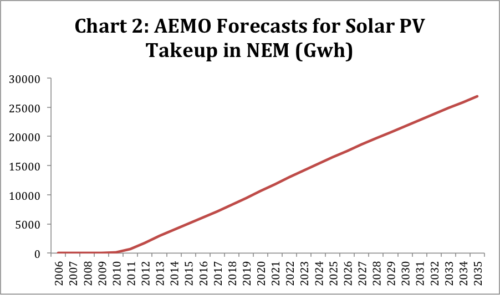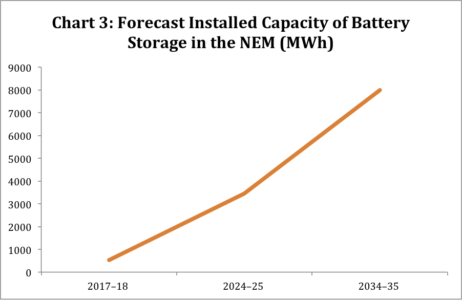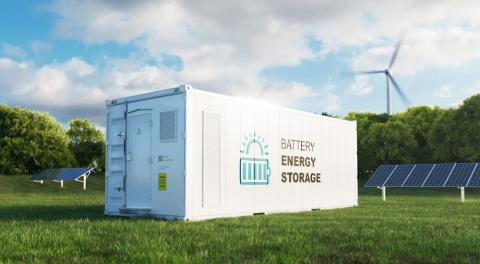How ‘Gold-Plating’ the Australian Electricity Grid Is Killing Off Coal-Fired Generation
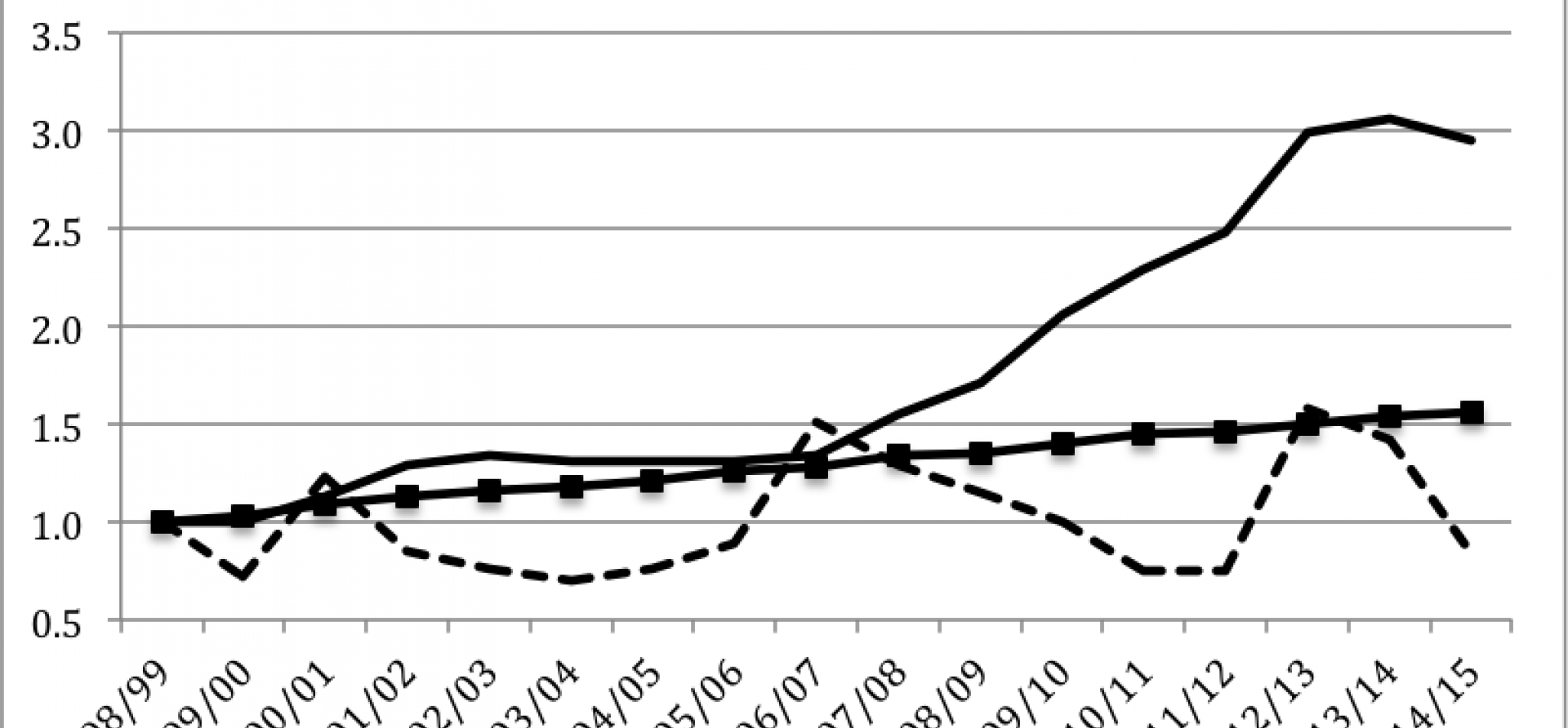
A startling decoupling of grid-supplied electricity and economic growth has occurred in Australia over the past few years.
Since peaking in 2009, electricity demand in the Australian National Electricity Market has fallen by 7.5 percent while Australian GDP has expanded by about 16 percent.
What this goes to show is that economic growth can—and has—proceeded without having to rely on coal-fired electricity.
Falling demand for grid-supplied electricity has been driven in part by less appetite from energy-intensive industries (in particular by shutdowns of aluminium smelters in New South Wales and Victoria) but also by energy-efficiency advances and growth in rooftop solar installations. Australia as a whole is just short of 15 percent solar penetration already—plenty of room still to grow but the uptake has been remarkable. The state of South Australia will soon reach 25 percent penetration while the Queensland city of Brisbane has achieved 40 percent penetration. Meanwhile, average rooftop solar system sizes continue to expand, growing from about 4.5 kilowatts earlier this year to 4.84 kilowatts in recent months.
WHY THE BOOM IN ENERGY EFFICIENCY AND ROOFTOP SOLAR? Much of it can be attributed directly to an exponential increase in retail electricity prices. Those prices in turn are tied to ‘gold-plating’ of the networks, that is, utilities’ pouring money into the grid as a way to ensure they continue to make money.
The divergence in retail and wholesale pricing is nothing short of extraordinary. Chart 1 here how retail electricity prices in the state of Victoria have risen 195 percent over the past 16 years —in stark contrast to the 56 percent increase to the consumer price index over the same period. Wholesale prices have actually fallen over the same period of time.
(Data sources for Chart 1: Australian Energy Market Operator, Australian Bureau of Statistics)
The advent of electricity storage will only accelerate these trends, especially the installation of rooftop solar over the medium term. AGL Energy, one of the major Australian utilities, recently rolled out a solar battery-package offering, although the price is too high to drive significant take-up in the short term. (On my house, for example, I can get a 4-killowatt solar system fully installed for $A5,757 with a payback period of approximately five years while what AGL is offering—a 7.2-killowatt battery—would have an installed cost of $14,289 and a payback period of approximately 8.5 years.)
As new battery products hit the market—lithium and flow batteries, for instance—and as scale economies drive prices down, storage costs will decline rapidly. History is a guide on this point. Since 2009, photovoltaic panel and systems prices haves fallen by about 25 percent annually in Australia. Battery-storage costs will most likely follow a similar trajectory. As shown in the Chart 2 and Chart 3, AEMO forecasts strong growth in rooftop solar uptake, and expects battery storage installations to take off. Our guess is that these forecasts, as with many new technologies, will prove too conservative.
Source : AEMO
Source : AEMO
What does all this mean for Australia’s electricity market?
It means, in part, that demand for grid-supplied electricity from commercial—and particularly from residential customers—will probably continue to fall, thereby putting further pressure on coal-fired electricity-generator profits.
And it means that the increasing risk of stranded assets calls for the development of a long-term national electricity-sector transition plan. Such a plan, done right, would address vital issues that include network stability, reducing grid overinvestment, decarbonization and power plant site rehabilitation.
Tim King is IEEFA’s director of energy policy, Australasia.

